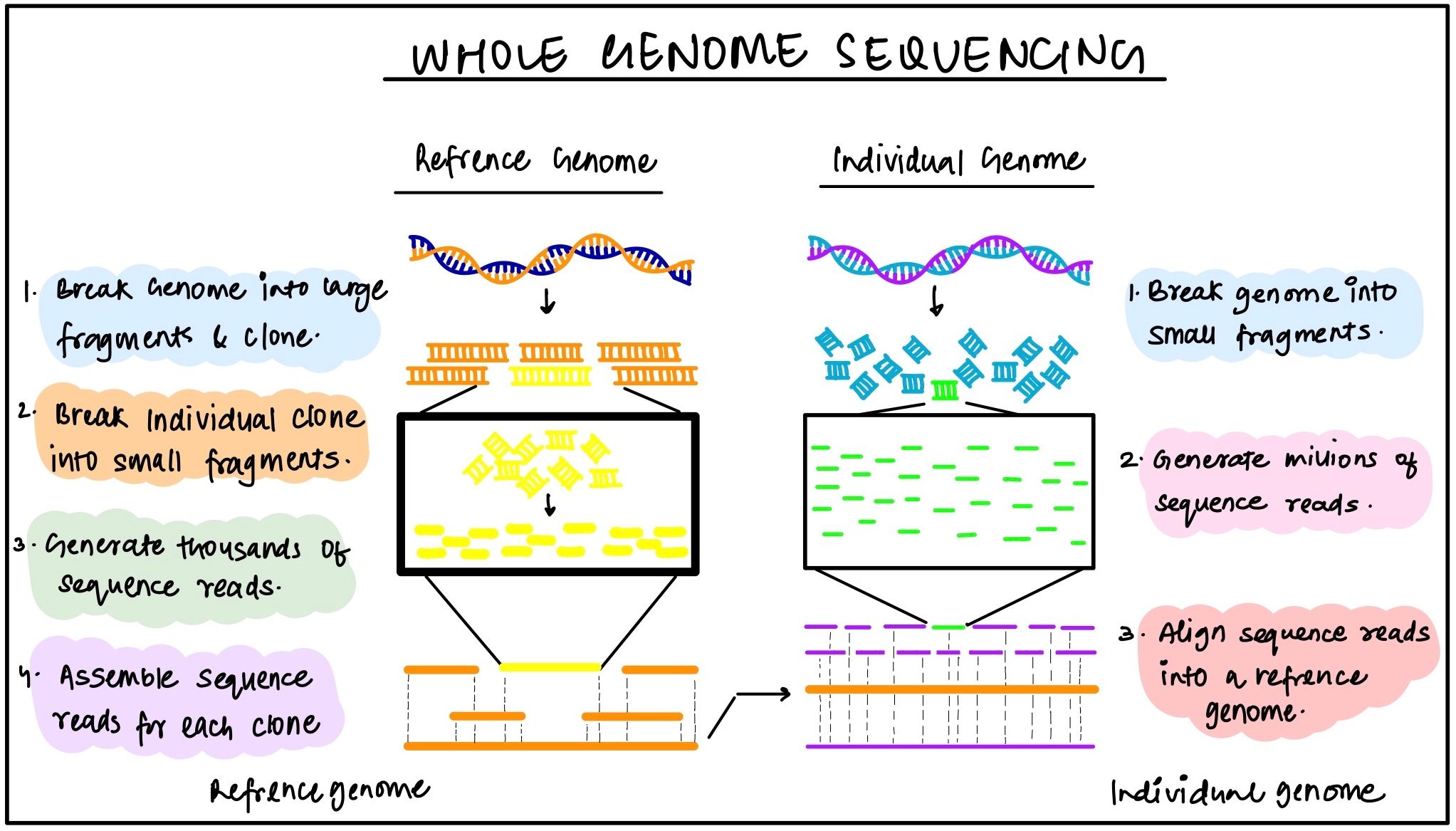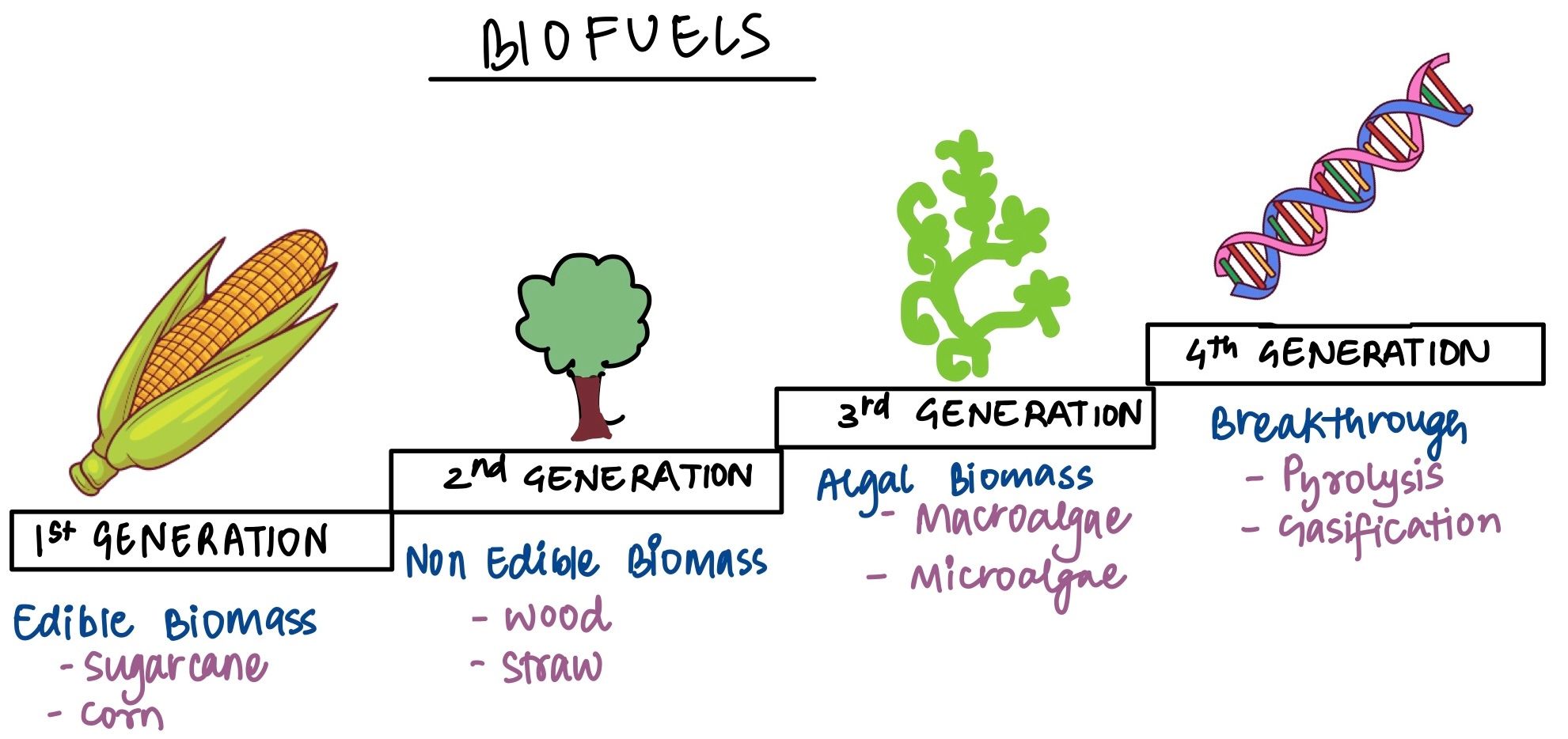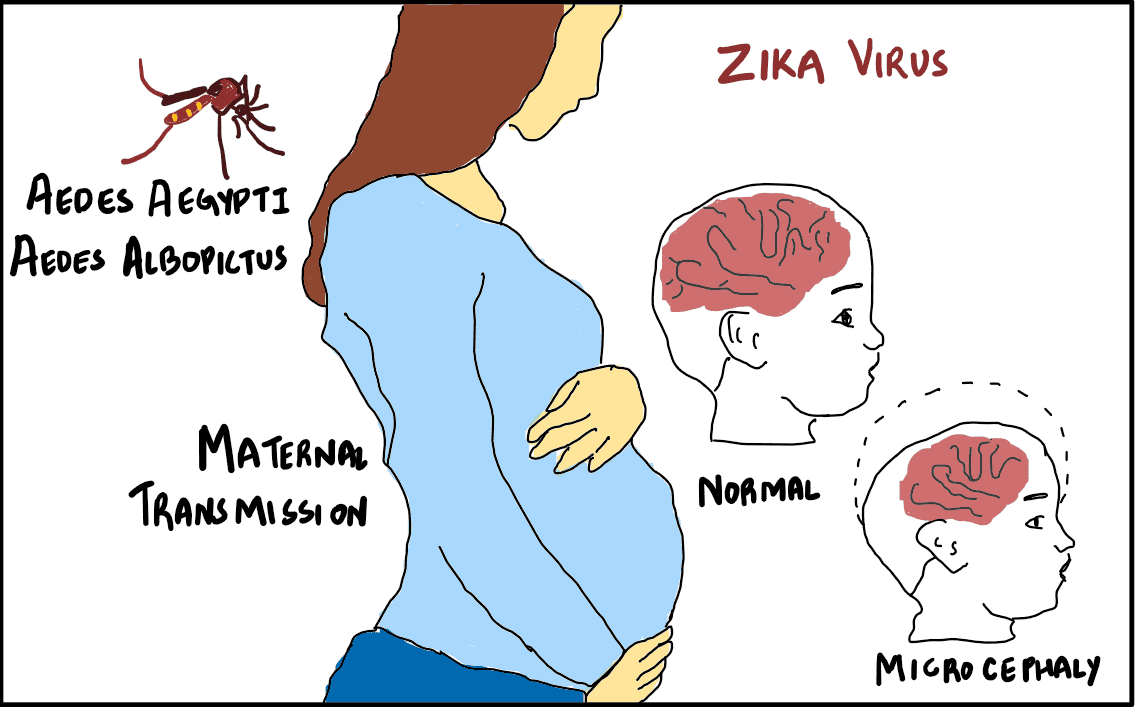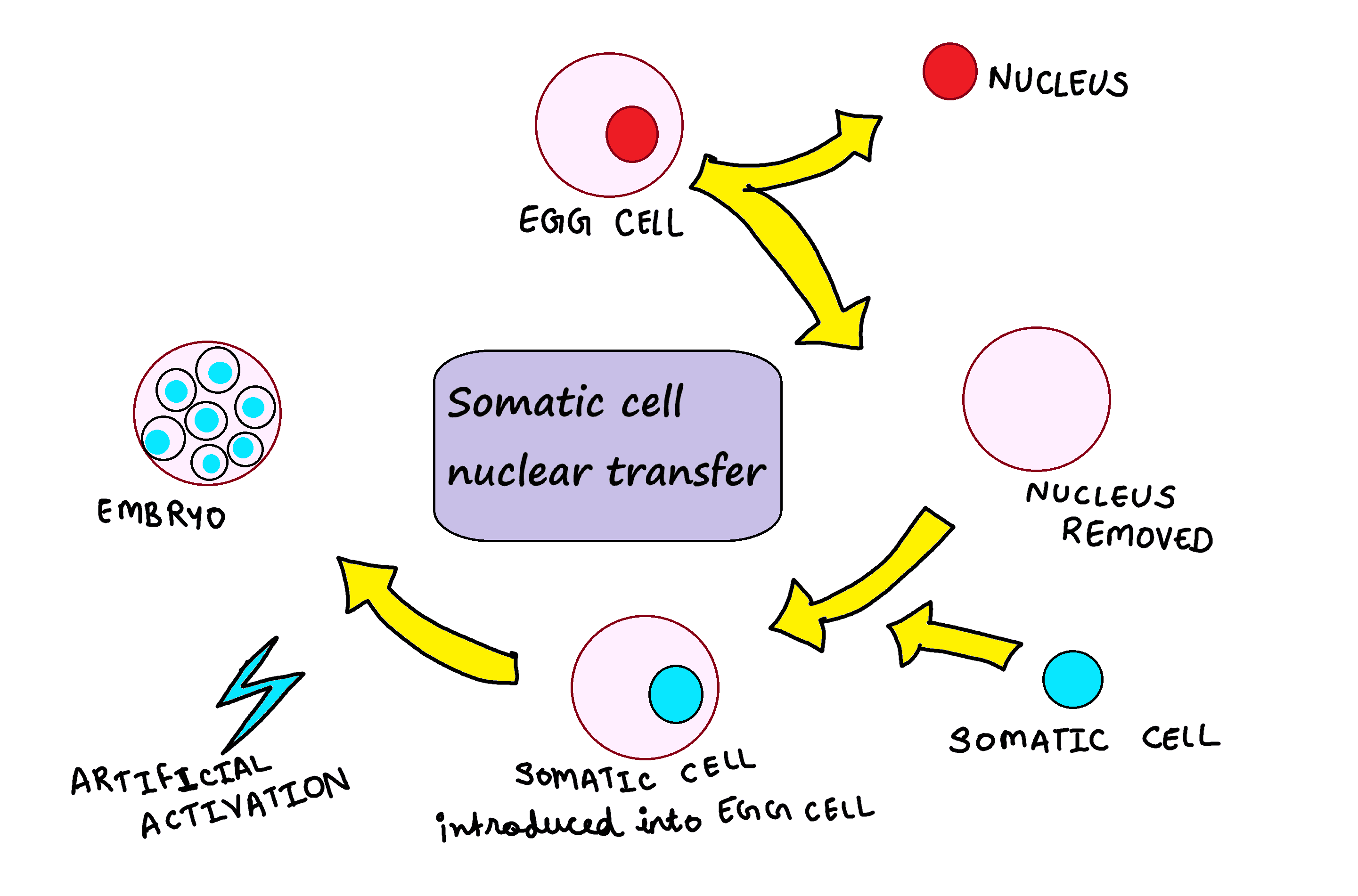UPSC Prelims 2017 Analysis
Subject wise MCQ distribution
- Polity and Governance: The highest weightage in the exam, with questions focusing on core constitutional concepts like democracy and rights, highlighting a return to traditional themes. Many followed the assertion-reasoning format, testing analytical abilities.
Economy: Heavily current affairs-based, covering topics such as GST, Monetary Policy Committee, and post-1991 reforms. Conceptual clarity was crucial for elimination-based questions.
Geography and Environment: Required conceptual clarity and linkages with current affairs, such as the Indian Ocean Dipole. Many questions incorporated maps for better understanding.
History: Weightage remained consistent, but factual knowledge was essential, especially for match the following and multi-statement questions.
Science & Technology: Mostly news-based, testing awareness of recent developments in biotechnology, AI, and space technology.
Government Schemes & Initiatives: A prominent focus area, covering policies related to education, health, and nutrition. Many questions were framed using the elimination technique.

Difficulty analysis
- Easy: Some Polity and Economy questions were straightforward for those who had covered NCERT and standard sources.
- Moderate: Many required linking static and dynamic aspects, such as governance and current affairs.
- Difficult: Environment, Geography, and factual History questions were particularly challenging.
- Tricky: Questions on conventions and alliances where India is not a member, along with misleadingly framed government initiative questions, posed difficulties.

Variations in Question framing
- Direct Questions: 42 direct questions, emphasizing understanding over rote memorization.
- Multi-Statement Based Questions: A significant 58 multi-statement questions, requiring a mix of static and current affairs knowledge. These took longer to solve but allowed option elimination.
- Application-Oriented Questions: Required candidates to link current events with static concepts, testing analytical abilities.
- Elimination-Based Questions: Many options were closely framed, making elimination techniques challenging.
- Deceptively Worded Questions: Designed to test deep knowledge, especially in areas like the National Investment and Infrastructure Fund.

Key learning for Future Preparation
- Strengthen Static Concepts: Read NCERTs and standard books thoroughly for a solid foundation.
- Follow a Reliable Newspaper: Sources like The Hindu, Indian Express, PIB, and PRS are essential for current affairs integration.
- Regularly Revise Government Schemes: Many questions are framed around policies from the India Year Book.
- Adopt a Balanced Approach: Expect a mix of analytical and factual questions; both require preparation.
- Use the Elimination Technique Wisely: Read questions carefully and systematically eliminate options to maximize accuracy.
- Avoid Over-Attempting: The tricky nature of the paper means reckless attempts can lead to penalties through negative marking.
- Strengthen Core Subjects: Excelling in Polity or History can help maximize scores in difficult papers.
- Solve Previous Year Papers: Recurring themes like the Trade Disputes Act and Liberalization highlight the importance of PYQs.
Subject-Wise Answer Key
QUESTION 1
Easy
Science & Technology
Prelims 2017
What is the purpose of ‘evolved Laser Interferometer Space Antenna (eLISA)’ project?
A. To detect neutrinos
B. To detect gravitational waves
C. To detect the effectiveness of missile defence system
D. To study the effect of solar flares on our communication systems
QUESTION 2
Hard
Science & Technology
Prelims 2017
With reference to agriculture in India, how can the technique of ‘genome sequencing’, often seen in the news, be used in the immediate future?
- Genome sequencing can be used to identify genetic markers for disease resistance and drought tolerance in various crop plants.
- This technique helps in reducing the time required to develop new varieties of crop plants.
- It can be used to decipher the host-pathogen relationships in crops.
Select the correct answer using the code given below:
A. 1 only
B. 2 and 3 only
C. 1 and 3 only
D. 1, 2 and 3
QUESTION 3
Hard
Science & Technology
Prelims 2017
In India, it is legally mandatory for which of the following to report on cybersecurity incidents?
- Service providers
- Data centres
- Body corporate
Select the correct answer using the code given below:
A. 1 only
B. 1 and 2 only
C. 3 only
D. 1, 2 and 3
QUESTION 4
Hard
Science & Technology
Prelims 2017
It is possible to produce algae-based biofuels, but what is/are the likely limitation(s) of developing countries in promoting this industry?
- Production of algae-based biofuels is possible in seas only and not on continents.
- Setting up and engineering the algae-based biofuel production requires a high level of expertise/technology until the construction is completed.
- Economically viable production necessitates the setting up of large scale facilities which may raise ecological and social concerns.
Select the correct answer using the code given below:
A. 1 and 2 only
B. 2 and 3 only
C. 3 only
D. 1, 2 and 3
QUESTION 5
Medium
Science & Technology
Prelims 2017
Consider the following statements:
- In tropical regions, Zika virus disease is transmitted by the same mosquito that transmits dengue.
- Sexual transmission of Zika virus disease is possible.
Which of the statements given above is/are correct?
A. 1 only
B. 2 only
C. Both 1 and 2
D. Neither 1 nor 2
QUESTION 6
Medium
Science & Technology
Prelims 2017
What is the application of Somatic Cell Nuclear Transfer (SCNT) Technology?
A. Production of biolarvicides
B. Manufacture of biodegradable plastics
C. Reproductive cloning of animals
D. Production of organisms free of diseases
QUESTION 7
Hard
Science & Technology
Prelims 2017
Organic Light Emitting Diodes (OLEDs) are used to create the digital display in many devices. What are the advantages of OLED displays over Liquid Crystal displays?
- OLED displays can be fabricated on flexible plastic substrates.
- Roll-up displays embedded in clothing can be made using OLEDs.
- Transparent displays are possible using OLEDs.
Select the correct answer using the code given below
A. 1 and 3 only
B. 2 only
C. 1, 2 and 3
D. None of the above statements is correct
QUESTION 8
Hard
Science & Technology
Prelims 2017
Consider the following pairs: Commonly used/consumed materials and Unwanted or controversial chemicals likely to be found in them
- Lipstick: Lead
- Soft drinks: Brominated vegetable oils
- Chinese fast food: Monosodium glutamate
Which of the pairs given above is/are correctly matched?
A. 1 only
B. 2 and 3 only
C. 1 and 3 only
D. 1, 2 and 3
QUESTION 9
Easy
Science & Technology
Prelims 2017
Which of the following statements is/are correct regarding Smart India Hackathon 2017?
- It is a centrally sponsored scheme for developing every city of our country into Smart Cities in a decade.
- It is an initiative to identify new digital technology innovations for solving the many problems faced by our country.
- It is a programme aimed at making all the financial transactions in our country completely digital in a decade.
Select the correct answer using the code given below :
A. 1 and 3 only
B. 2 only
C. 3 only
D. 2 and 3 only
QUESTION 10
Easy
Science & Technology
Prelims 2017
The terms ‘Event Horizon’, ‘Singularity’, `String Theory’ and ‘Standard Model’ are sometimes seen in the news in the context of
A. Observation and understanding of the Universe
B. Study of the solar and the lunar eclipses
C. Placing satellites in the orbit of the Earth
D. Origin and evolution of living organisms on the Earth



